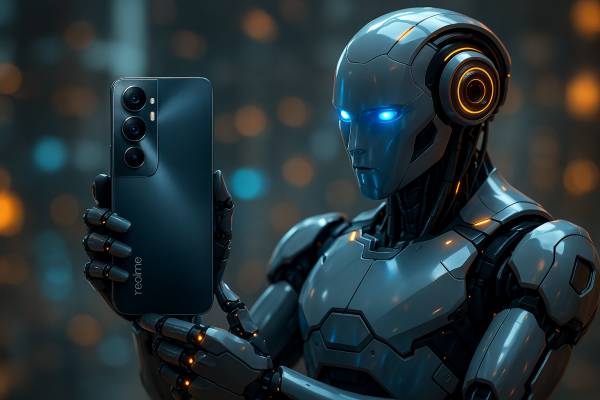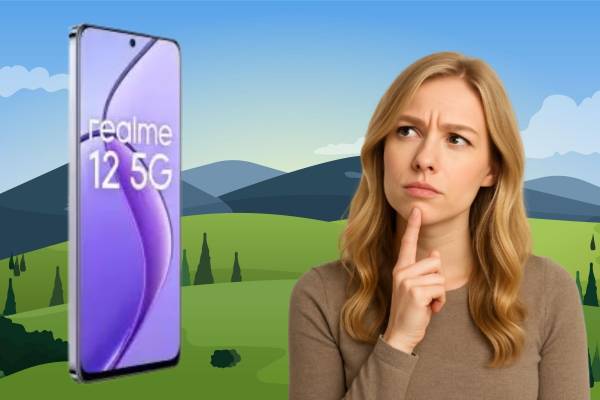The recently released Samsung Galaxy S25 closely resembles its predecessor, the S24, raising the question of whether upgrading to this model is worthwhile. What do those who have already purchased it think? I have gathered customer reviews primarily from various Amazon stores across Europe and the US. Not all aspects of the device were addressed in these reviews.
Appearance
As mentioned earlier, the S25 Ultra's exterior has not changed significantly. It is still available in the same monochrome casing with IP68 dust and water resistance. The weight has been reduced by 5 grams, though in practical terms, this difference is barely noticeable. The display remains a 6.2-inch Dynamic AMOLED 2X panel, just like in the S24, with an excellent Full HD+ resolution. However, real-world brightness is slightly lower than last year’s model—while the S24 exceeded 1,600 nits, the S25 reaches only around 1,500 nits. The refresh rate is adjustable up to 120Hz, offering approximately 13 hours of battery life, compared to 16 hours at 60Hz. The phone’s design is compact and fits well in hand.
Customer feedback regarding the exterior and display was overwhelmingly positive. Users praised its sleek, elegant look, compact size, and display quality, reporting no noticeable difference in brightness despite the 150-nit reduction. However, some found the phone’s design too angular—even with its rounded corners—making it uncomfortable to hold. This is likely due to differences in hand size and personal preference.

Hardware
There are, of course, some hardware changes. The device still supports 5G and NFC, but a notable improvement is the addition of Wi-Fi 7 support. This is a significant upgrade, as the maximum transfer speed is now four times higher, reaching 46 Gbps compared to the predecessor’s 9.6 Gbps.
The phone supports two nano SIM cards and eSIM, but there is no option for expandable storage via SD card, meaning users must rely solely on the built-in storage, which goes up to 256 GB.
The processor is the Snapdragon 8 Elite "for Galaxy", which outperforms the iPhone 16 in benchmark tests. However, its peak performance is short-lived, dropping to just 43% of its original power after 20 minutes. This issue does not typically occur with other Snapdragon 8 Elite processors. Despite the significant performance drop, the chip remains extremely powerful. Customers were generally satisfied with the performance, with many highlighting it as one of the phone’s strongest points.
Regarding cameras, the S25 retains the same setup as the S24: a 50 MP main camera, a 12 MP ultra-wide-angle camera, and a 10 MP telephoto lens with 3x optical zoom. Digital zoom reaches up to 30x. Some tests noted that images appeared slightly blurrier than those from the S24, but the phone still captures good-quality photos. However, most buyers—who are not professional testers or photographers—consider the camera one of the phone’s weaker aspects. They found images to be noisier than those from previous models and competing smartphones, and they were not satisfied with Samsung’s software optimization.
The device records 8K video at 30 fps and 4K at 60 fps. No significant positive or negative customer feedback was found regarding video recording, suggesting it met expectations without generating excitement. The phone also supports LOG format recording, allowing for more advanced post-processing.
The battery capacity is 4,000 mAh, providing 13–16 hours of usage, which is acceptable. However, charging is limited to a maximum of 25W via USB-C, meaning it takes approximately half an hour to charge to 50%. Wireless charging is also supported. Customers widely criticized the battery and charging speed as outdated, and some also reported noticeable overheating issues.
Software
Samsung has worked to improve its "Galaxy AI" features, aiming for better results with fewer errors in AI-powered image and audio editing tools, such as the AI-based eraser and voice eraser functions. The "Best Face" feature allows users to swap faces in group photos, combining multiple shots into a single ideal image. The phone can also summarize web pages, generate text, and translate calls.
The AI features are powered by Google’s Gemini system, which now supports inter-app requests. This allows the AI to access individual apps—for example, it can create calendar entries or write WhatsApp messages upon request (and hopefully only when asked).
Customers did not discuss these features extensively, which is understandable given that some tests indicated inconsistent performance of the AI functions. However, a few users were disappointed by the removal of custom app notification settings, considering it a step backward.
Summary
The Samsung Galaxy S25 is a fast, compact, and modern smartphone, making it an ideal choice for those seeking a small yet powerful device. The design, performance, and pricing received mostly positive feedback. However, the camera, battery life, and software limitations may deter some users. For those willing to compromise, this model could still offer a great experience.


























